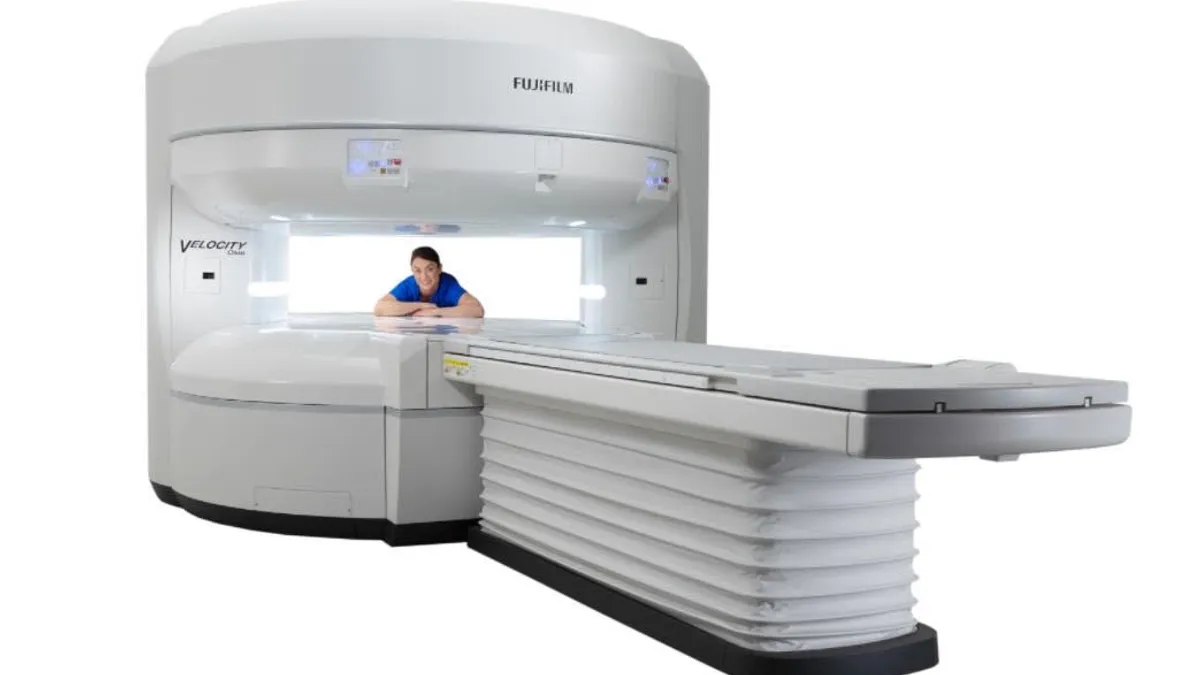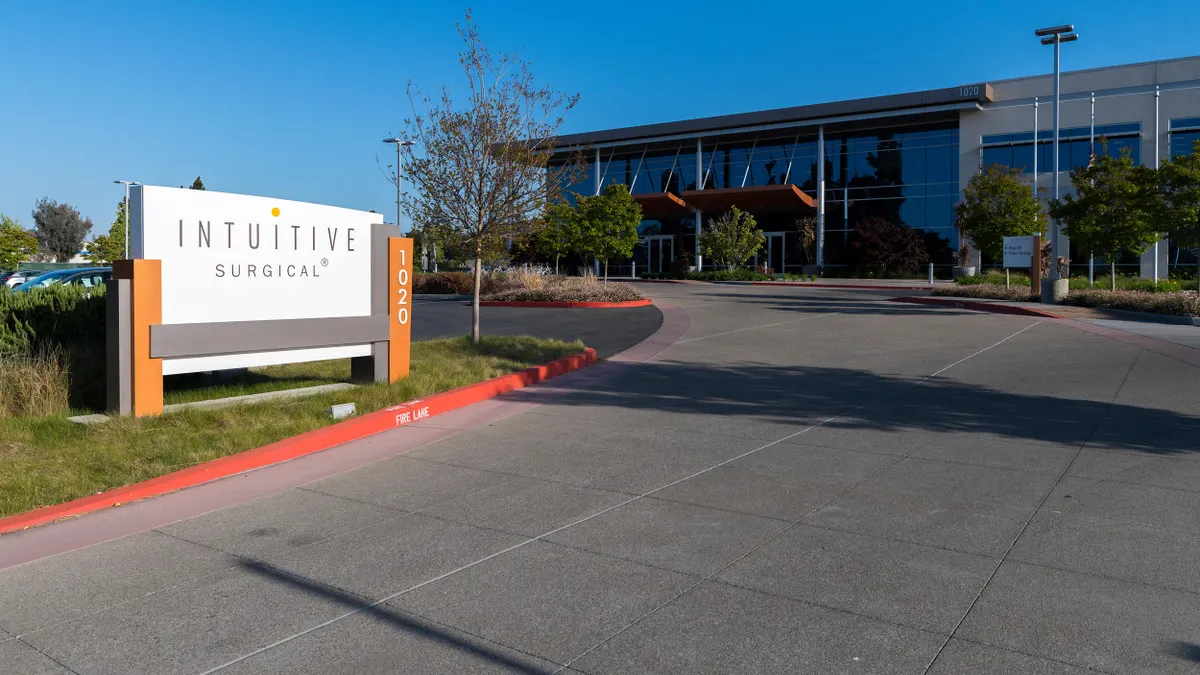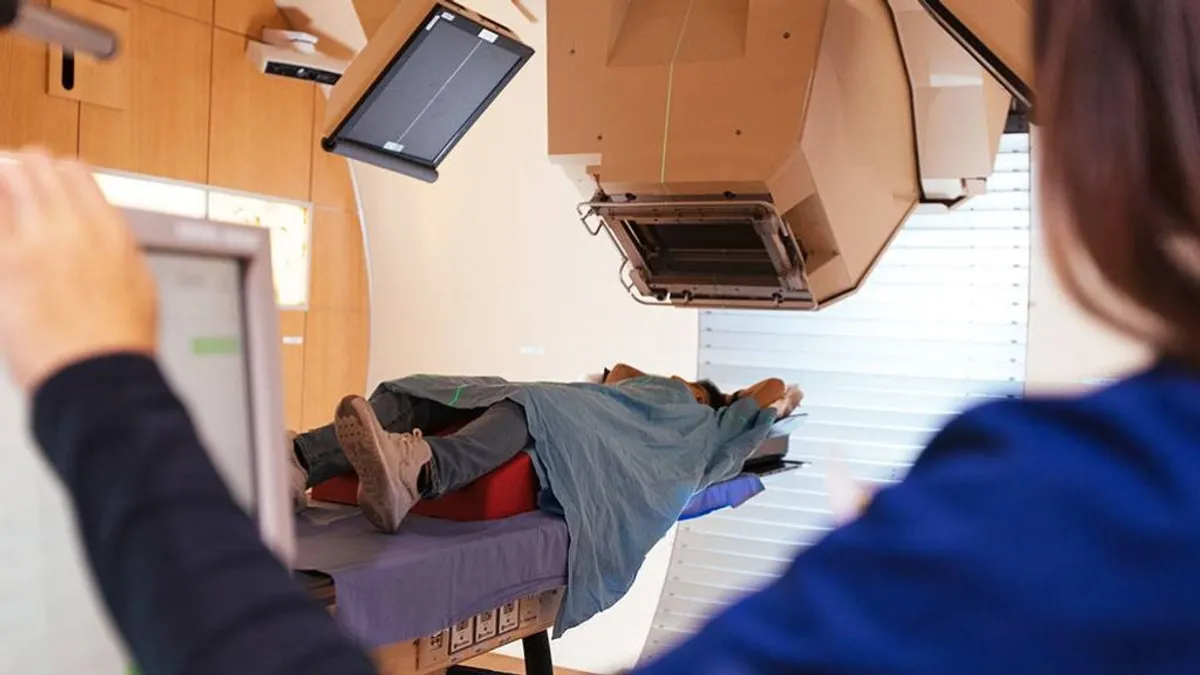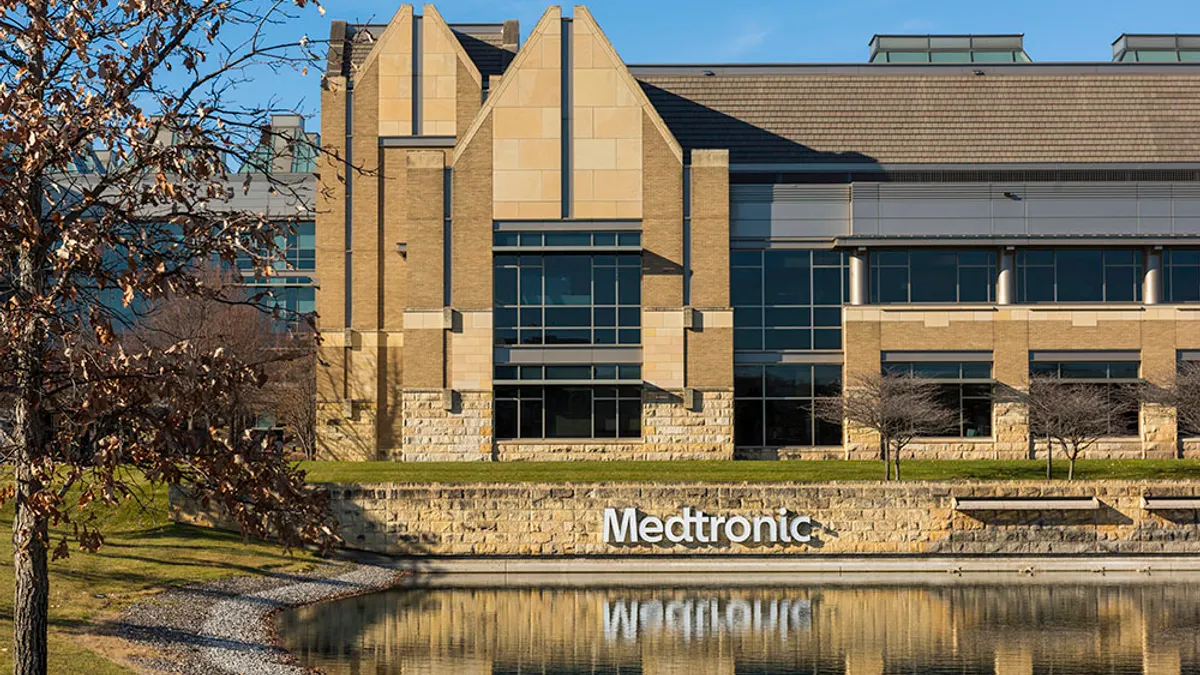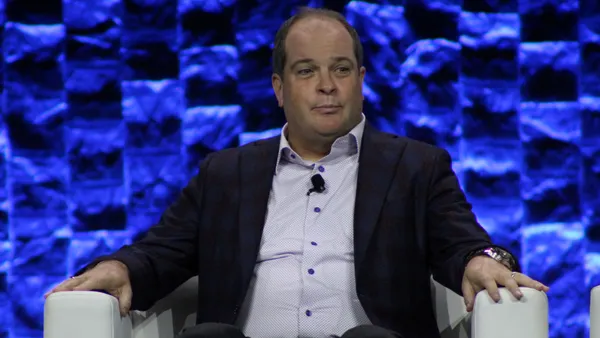Tight hospital budgets remain a challenge for medical equipment makers. “The market is very tough,” says Fujifilm Healthcare Americas CEO Henry Izawa, even as growing demand for MRI and CT machines as well as informatics technology, has helped the company. Fujifilm has focused on launching an array of new products since its parent company bought Hitachi Healthcare for $1.56 billion, and the two companies, which make imaging systems and technologies, merged in 2021. In an interview with MedTech Dive, Izawa talked about recent acquisitions, future products, and navigating a challenging economic environment.
This interview has been edited for length and clarity.
MEDTECH DIVE: How are you thinking about the broader macroeconomic environment going through 2023?
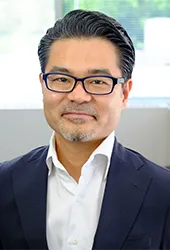
IZAWA: When I talk to the hospital CEOs, there's a lot of uncertainty. And just looking at the first two months for them, they continue actually to be in the red, which is very tough for them, because I think a lot of the CEOs expected to turn it around starting this calendar year.
Now, there has been significant improvement from one year ago, especially in the larger facilities. But it still remains [in the] red. So from that perspective, I think it's still going to be a rocky year. I still hope that CT, [MRI], the larger modalities, as well as informatics remain strong, which will help us. And hopefully, women's health also comes back, because we have a lot of new products and technologies that we've launched or are launching.
What are your top priorities for this year?
From a Fujifilm USA standpoint, we're really focusing on three areas. One is digital pathology, [the] second endoscopy in general and the third is evolution in MRI.
You acquired Inspirata’s digital pathology business in January. Where do you hope to take it in the future?
Fujifilm has been a market leader for 20 years in digitalization for medical imaging. Pathology currently is like where we were for radiology 20 years ago, where digitalization wasn’t there, everything was analog. And if we compare pathology today, it's glass slides that are being used. You have to be at the site to really make the [diagnosis].
What we've seen in the past 20 years is we're able to bring a lot of information to the radiologists or the physicians, even when they're located outside of the hospital. We’ve seen some of these trends in pathology in other countries. And it was just the right moment for us to capitalize on this and really promote this new trend in the United States.
Where is that adoption right now?
Outside of the United States, the U.K. has been a big adopter for digital pathology. In the United States, there are some facilities like [Vidant], for example, who is going to be an early adopter, and we have some other smaller sites that are on board. But I think it's a very new initiative for the clinicians.
What are your plans for MRI technology?
We acquired Hitachi Healthcare in 2019. In the United States, we were the first country to actually merge the two organizations together. And in the course of doing that, we've been very active in working with the R&D team, both from [the] legacy Fujifilm and [the] legacy Hitachi side, to really come out with innovative technologies.
We launched a product called Velocity, which is a high-field, open MRI at [the Radiological Society of North America] last year and we're hoping to get FDA clearance this year. [Coming] soon is another new product called Synergy. This is a wide bore 1.5 T [MRI strength is measured in Teslas, or T, representing the strength of the magnetic field a machine produces], which has a lot of AI technology from a de-noising standpoint and a lot of new potential. So we're very excited about this. For Fuji, what is most important is that we continue to launch new products every year. We've done this very successfully on the X-ray side, as well as on the informatics side [and] the endoscopy side. The MRI launches last year and this year [are] piggybacking on that philosophy.
What are your priorities with endoscopy?
In the last four years, we've launched about 20 new technologies, in the GI space, pulmonary, [and] surgery. The bulk is GI, but we also are very aggressive in trying to enhance our portfolio in surgery as well.
One exciting moment for us was that we had FDA breakthrough designation for a technology that we call Eluxeo Vision. This is the first technology in the world that allows endoscopic visualization for tissue oxidization. It's called hypoxia technology. And we can use this both for flexible as well as rigid endoscopies. From that perspective, I think we did a pretty good job in terms of really launching new products across the board and enhancing our portfolio. And because of this, I think we're becoming much more noticed in the marketplace.
In parent company Fujifilm’s most recent earnings report, it said sales of MRIs, CT systems, endoscopes and IT solutions drove revenue. Are the financial pressures on hospitals affecting placements of imaging devices?
From an imaging standpoint, the market is very tough. I look at the acute care space, and I look at the reports that consolidate all of the hospitals in the United States, [and] since January of last year, every single month, they were losing money. And a lot of our customers have made drastic changes to their operations. For example, OhioHealth laid off 630 people in one shot, which is really astonishing.
We see other hospitals just stopping service lines, getting out of the ER or pediatrics. We see a lot of rooms that are just left idle. Usually when equipment goes down, they ask for service. [Now], they don't want us to come in, they want to leave the room dead. We've never seen anything like this in the history of our business here in the United States. So it's very significant.

Henry Izawa
CEO of Fujifilm Healthcare Americas
There are areas that we're seeing that are slowing down. X-ray, for example, has slowed down significantly. Mammo[graphy] for breast screening, for example, has slowed down significantly as well. But we also saw an uptick in MRI and CT, from a market standpoint. And also informatics is very strong as well. So I think the hospitals are really choosing where to use their money.
This is changing the dynamic from a market segmentation standpoint as well. So inpatient volume obviously has gone down. Outpatient has increased almost double digit. So you can see that a lot of the volumes, especially the lower-reimbursed procedures, are being pushed into outpatient.
Are you working with some of those outpatient facilities, such as ambulatory surgery centers?
One of the benefits that we had for acquiring Hitachi is that they were very strong in outpatient. So it forced us to really look at the outpatient center, and when we had the R&D discussion, we were able to categorize the needs differently for what we need to have from an acute care standpoint and what is really needed from an outpatient standpoint. Because of the integration, we're able to pose things a little differently to really serve a bigger segment from a product development standpoint.


